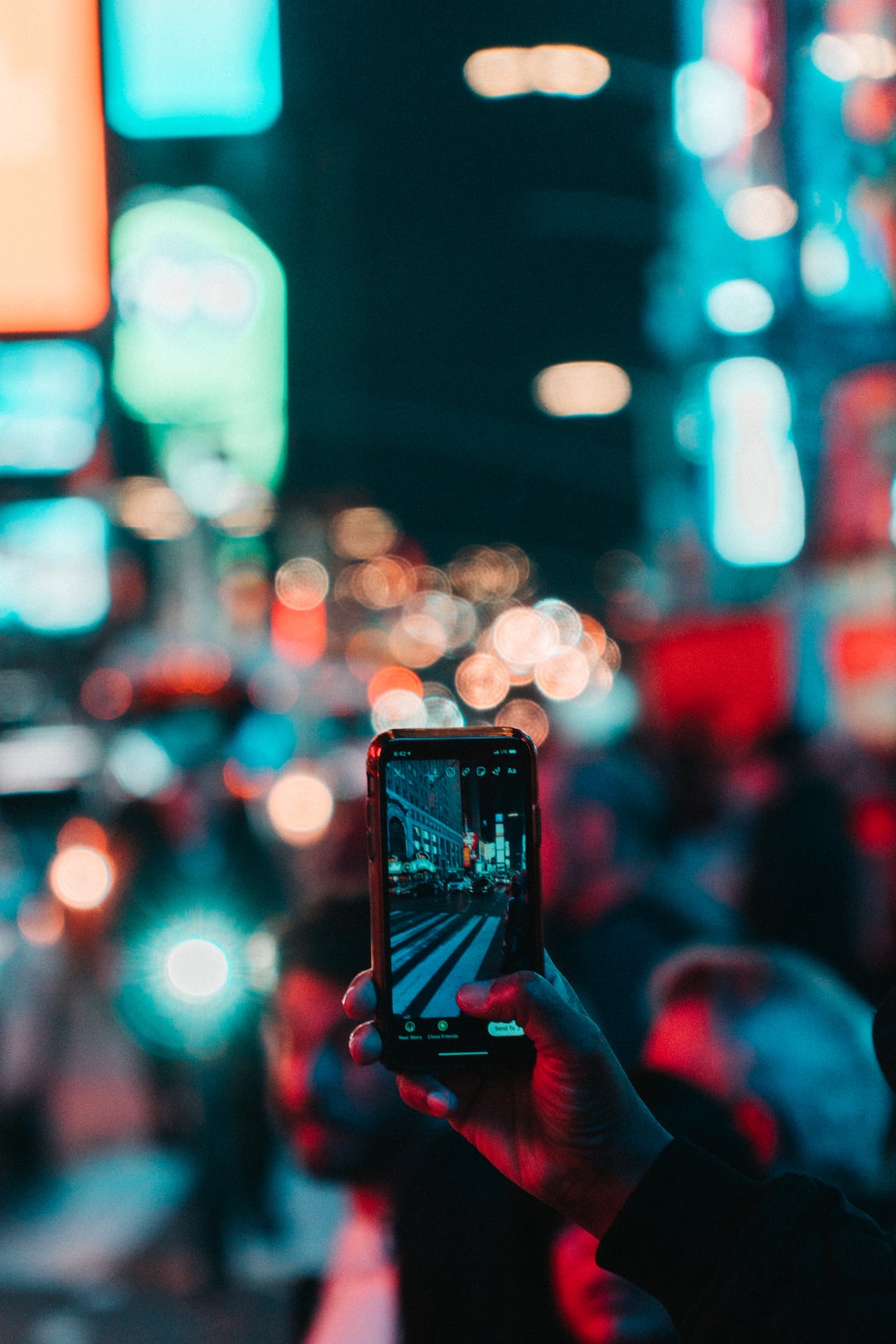The Relationship Between Media and Public Health Crisis
In recent years, the world has been faced with various public health crisis situations, such as the outbreak of Ebola, Zika virus, and most recently, the COVID-19 pandemic. During these challenging times, the role of media becomes increasingly crucial in disseminating information, shaping public perceptions, and influencing individual behaviors. The relationship between media and public health crisis is complex, with both positive and negative implications that can significantly impact society as a whole.
Firstly, media plays a vital role in providing timely and accurate information during a health crisis. With the advancement of technology and the proliferation of social media platforms, news spreads like wildfire, and it is essential to have reliable sources. The media acts as a bridge between the scientific community, public health experts, and the general public. They convey essential information, such as symptoms, preventive measures, and guidelines issued by health authorities. The constant flow of information helps in raising awareness and educating the public about the risks associated with the crisis at hand and the necessary actions they must take.
However, there are also challenges associated with media coverage during a public health crisis. Sensationalism, misinformation, and fear-mongering are common pitfalls that can undermine the intended purpose of media coverage. In today’s fast-paced world, media outlets are driven by the demand for catchy headlines and captivating stories, often focusing on the negative aspects of a crisis rather than the solutions. This can lead to panic, anxiety, and mistrust among the public. It is crucial for media professionals to present information responsibly, fact-check their sources, and avoid exaggeration or sensationalized reporting.
The power of media in shaping public perceptions and attitudes cannot be underestimated. During a health crisis, media coverage heavily influences how the public perceives the severity of the situation, the credibility of public health authorities, and the effectiveness of interventions. Positive media coverage that highlights successful containment efforts, inspiring stories, and public health achievements can foster a sense of unity, resilience, and trust among communities. Conversely, negative media coverage can exacerbate panic, cause social divisiveness, and hinder effective public health responses.
The media also acts as a catalyst for behavior change during a public health crisis. When faced with the threat of a contagious disease, individuals rely on media to guide their decision-making and adopt preventive behaviors. Media campaigns and public service announcements serve as reminders to practice hand hygiene, wear masks, and maintain social distancing. However, it is important to recognize that media messages can be interpreted differently by various segments of the population. Factors such as literacy levels, cultural norms, and socioeconomic conditions influence how individuals respond to media messages. Therefore, it is crucial for media campaigns to be culturally sensitive, inclusive, and tailored to the specific needs of different communities.
Furthermore, the relationship between media and public health crisis extends beyond the dissemination of information. Media platforms provide an avenue for public discourse, where individuals can share their experiences, concerns, and opinions. Social media platforms, in particular, amplify the voices of citizens and allow for real-time interactions among individuals worldwide, fostering social solidarity and collective action. However, the downside of social media is the spread of false information and the lack of regulation, which can further complicate the management of a public health crisis. It is essential for social media platforms to implement measures to combat misinformation, such as fact-checking systems and algorithms that prioritize legitimate sources.
In conclusion, the relationship between media and public health crisis is complex and multifaceted. Media plays a critical role in informing and educating the public, shaping perceptions and attitudes, and driving behavior change. However, the media also faces challenges of sensationalism and misinformation that can undermine public health efforts and cause panic. It is the responsibility of media professionals, public health authorities, and society as a whole to ensure responsible media coverage during a crisis. By recognizing the power of media and working together, we can harness its potential to promote positive health outcomes and effectively manage future public health crises.


